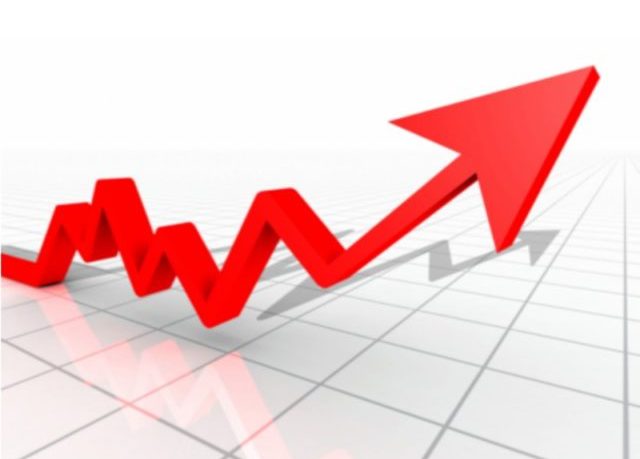Opinion
President Cyril Ramaphosa has pleaded with Eskom not to implement its planned 18.65% tariff hike in April this year. In a speech at the ANC’s Free State conference in Bloemfontein on 22 January, the President reportedly said to Eskom that ‘it will be an injury to our people if we implement the 18% now when we are going through load shedding. Put it in suspense for a while’.
In doing so, Mr Ramaphosa went against the Eskom executive team, as well as the National Energy Regulator of South Africa (Nersa), the regulatory body that granted Eskom the tariff hike in the first place. Eskom had initially requested an eye-wateringly high 32% increase.
Some commentators have rightly pointed out that Mr Ramaphosa is indulging in populist politics ahead of the general election in 2024 by interfering with the regulatory mandate of Nersa. However, I would go further and argue that it is this very ‘mandate’ which is part of the problem with electricity provision in South Africa. It is (to borrow a phrase from the president) ‘injuring our people.’
False precision
On 12 January, Nersa approved a tariff of 173.80c/kWh for the 2023/24 financial year (an 18.65% increase from 146.48c/kWh in the 2022/23 financial year). For the following financial year of 2024/25, Nersa permitted a tariff of 195.95c/kWh (a 12.74% increase).
These tariff hikes have an air of mathematical precision about them. We can picture clever wonks in dark rooms at Nersa headquarters squinting at spreadsheets, trying to determine the optimal price point for electricity.
Was Eskom being unreasonable in its 32% application? Is Nersa being unfair with its 18.65% counteroffer? Why did Nersa settle on 18.65% and not, say, 18.55% or 18.75%?
Nobody really knows the answers to these questions because the final price determination is not linked to the true cost of electricity production and distribution. Instead of the market, it is politicians and bureaucrats who determine the price of electricity. Consequently, no amount of modelling by Nersa’s number-crunchers can account for the ever-fluctuating needs of a complex society of 60 million people.
That’s not to say that price modelling is always a futile exercise. Firms in a market economy regularly engage in price setting for their products or services. Banks, insurers, or telecommunications companies typically employ actuaries, economists, or data scientists to ‘discover’ prices based on what their research reveals consumers will tolerate, weighed against the cost of production.
Your local café probably doesn’t employ an in-house economist, but the café owner surely knows that no matter how delicious his bagels may be, very few people would be willing to pay R500 for one. The market simply would not bear it. Customers will look to buy cheaper bagels somewhere else. That is how markets normally work, but we are told by the government that the market for energy is different. It is not.
Instead of responding to supply and demand, Eskom and Nersa negotiate between themselves what energy prices should be – a fundamentally political exercise. Is it any surprise that Mr Ramaphosa sees fit to weigh in as the head of state? Politicians will do what politicians do.
This is deeply unfair to South African consumers of electricity, who have no say in the matter. They cannot take their custom elsewhere because they are prohibited from doing so due to Eskom’s government-enforced monopoly status. The best consumers can hope for is to install a solar panel on their rooftop or to fire up a diesel generator – at an additional cost, of course.
Let it float
Prices are signals. Prices convey information about the underlying value of a product or service based on the very subjective considerations of everyone directly or peripherally involved in the supply chain: producers; distributors; their own producers and distributors; and consumers.
The more you interfere through regulatory decree, the greater the chances that price signals will be distorted. This makes it difficult for prospective investors to plan ahead and decide whether to allocate capital to costly long-term projects.
Should an opposition coalition government come to power in 2024, it will have a long to-do list. Right near the top of this list should be opening the energy market to private electricity providers without prescribing which sources of energy to utilise. However, it won’t be sufficient to let independent power producers plug into the grid if electricity tariffs remain artificially fixed by the regulator.
A floating electricity price would help to alleviate the chronic shortage of power in South Africa. Prices may go up in the short term, but over the longer-term greater efficiencies will be sought, and prices would come down – and the great risk of centralising the whole of society’s electricity needs in a single entity will dissipate. Eskom’s monopoly must be broken, and so too must Nersa’s.
Author: David Ansara
David is the Chief Executive of the Free Market Foundation
Disclaimer: The articles and videos expressed in this publication are those of the authors. They do not purport to reflect the opinions or views of Green Building Africa, our staff or our advertisers. The designations employed in this publication and the presentation of material therein do not imply the expression of any opinion whatsoever on the part Green Building Africa concerning the legal status of any country, area or territory or of its authorities.















